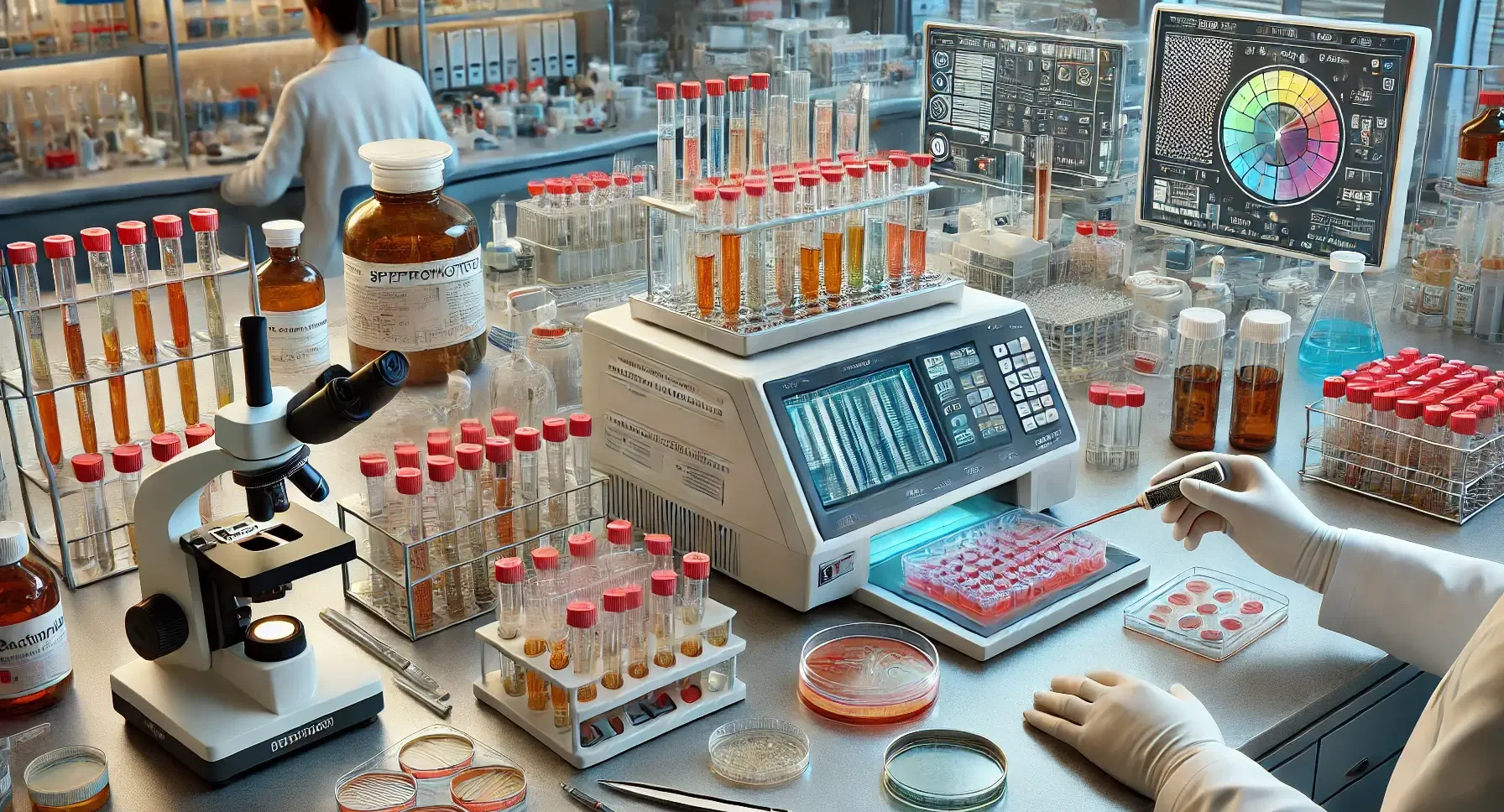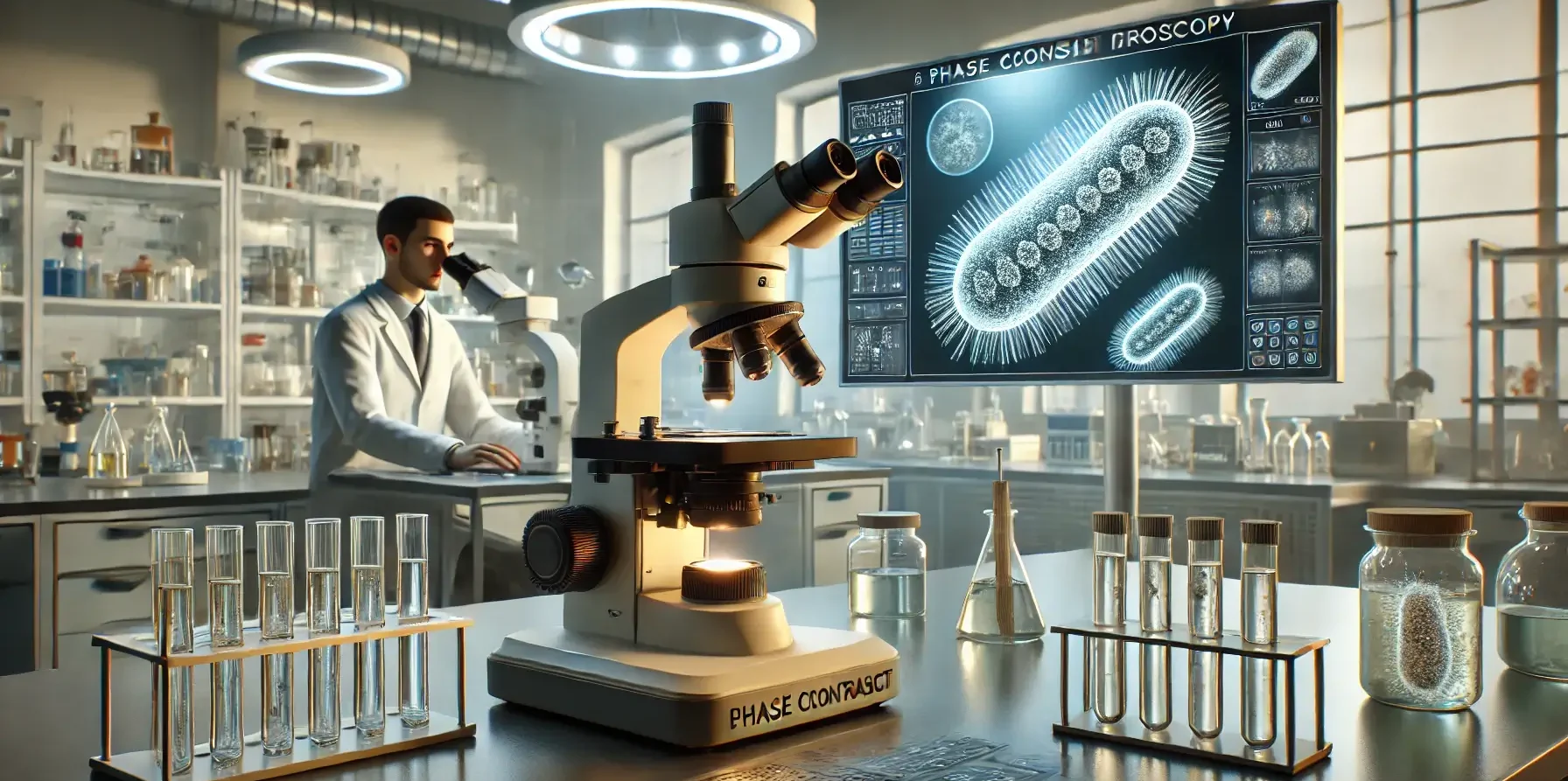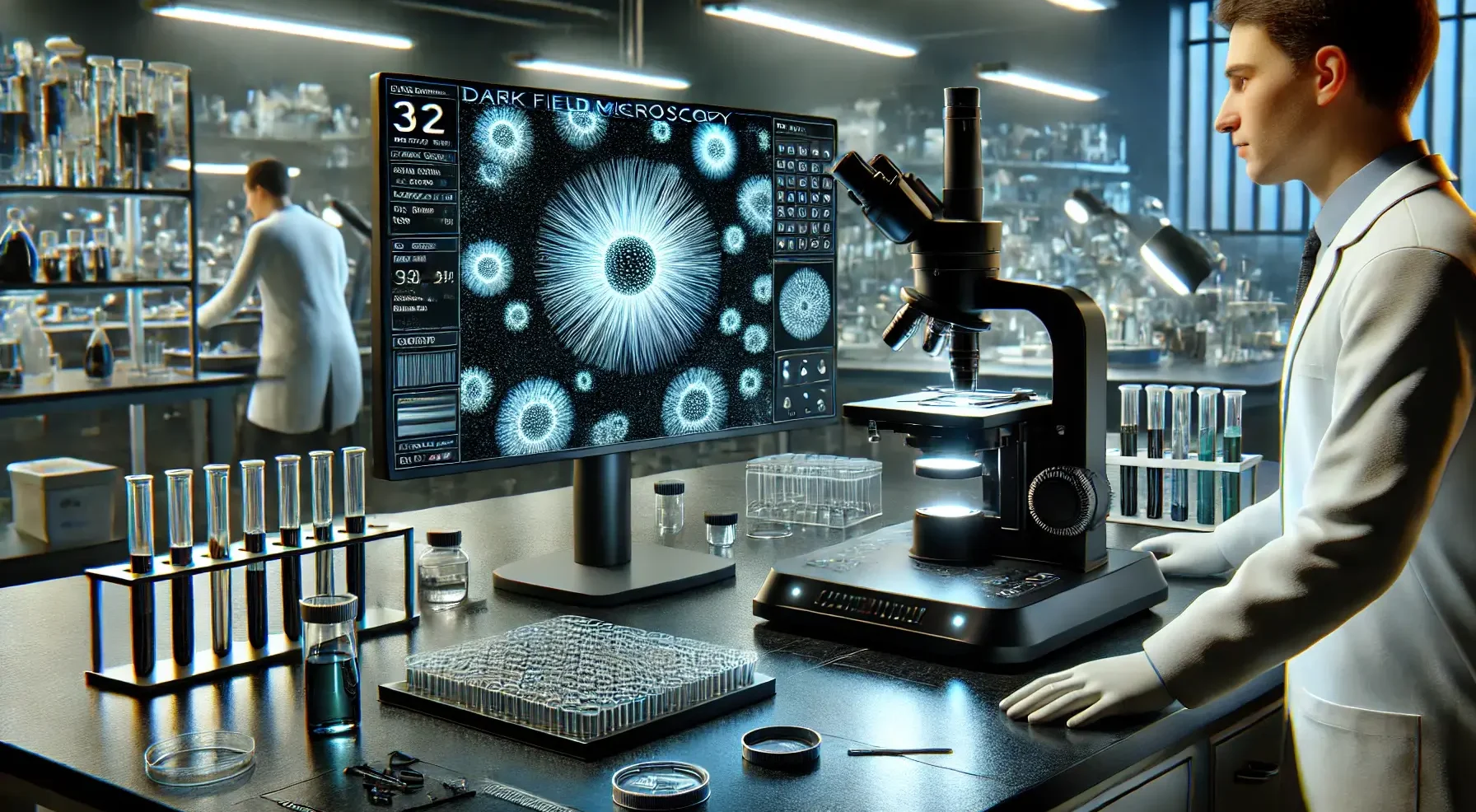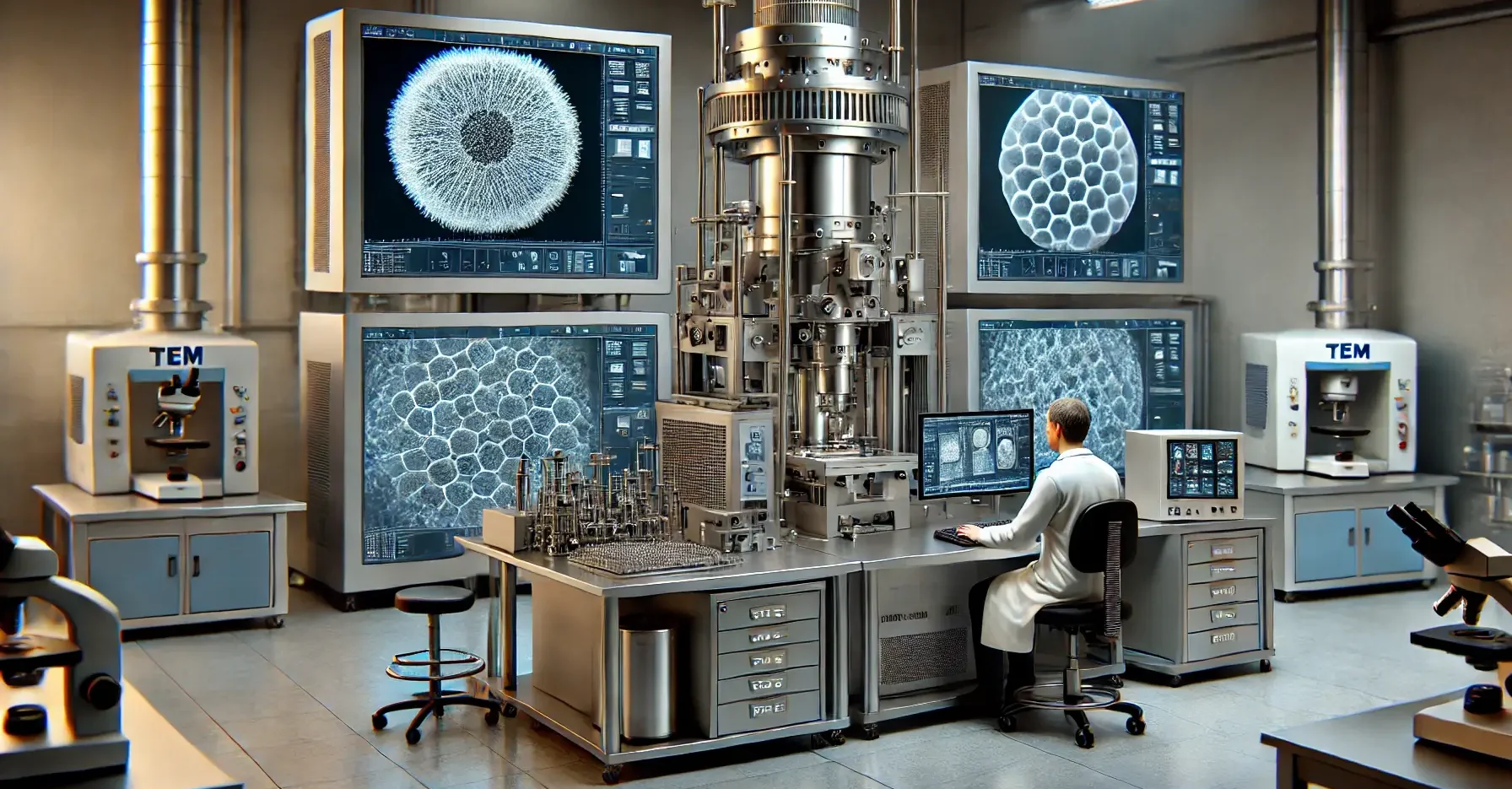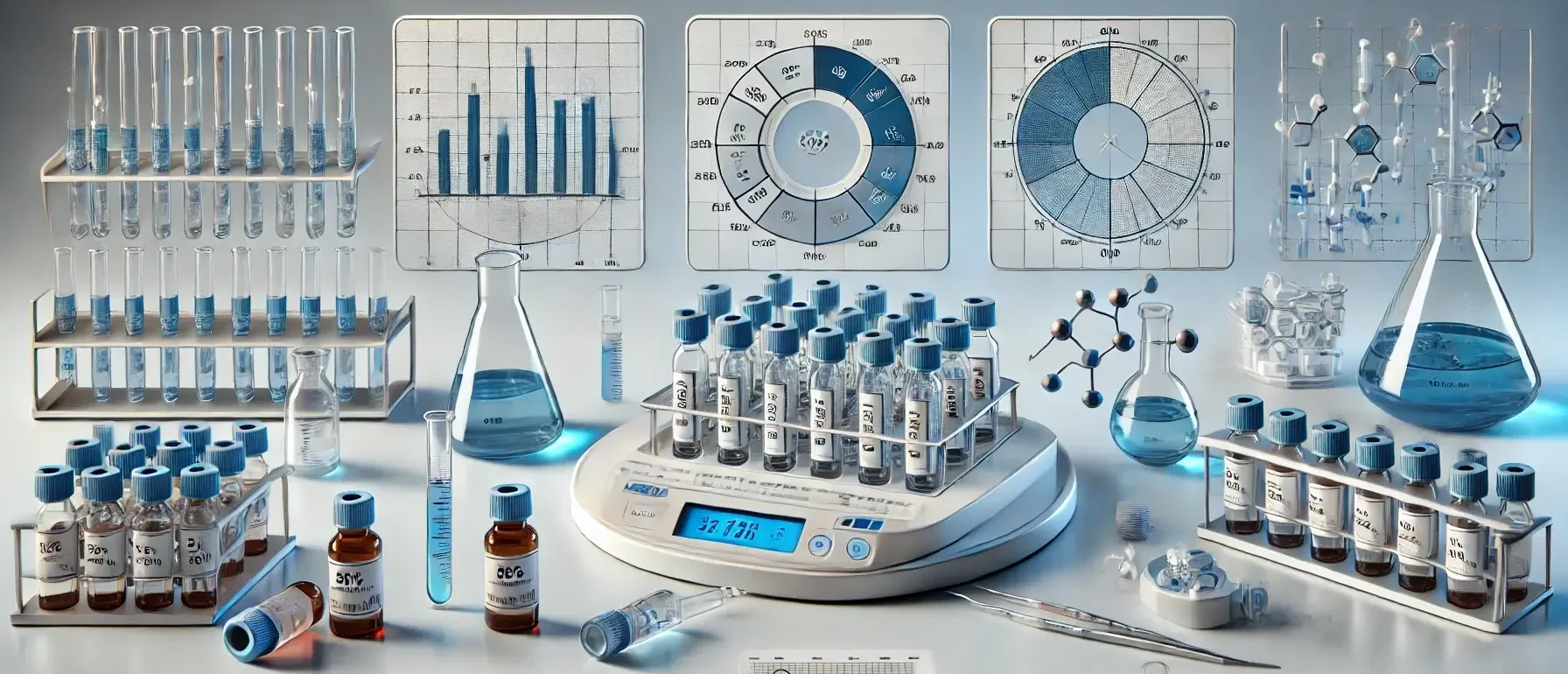Simple Staining
Principle of Simple Staining: Simple staining involves using a single dye to color bacterial cells, making it easier to observe their shape, size, and arrangement under a microscope. Procedure: Preparation of Smear: A small sample of bacteria is spread on a microscope slide to form a thin film and then air-dried. Fixation: The slide … Read more


